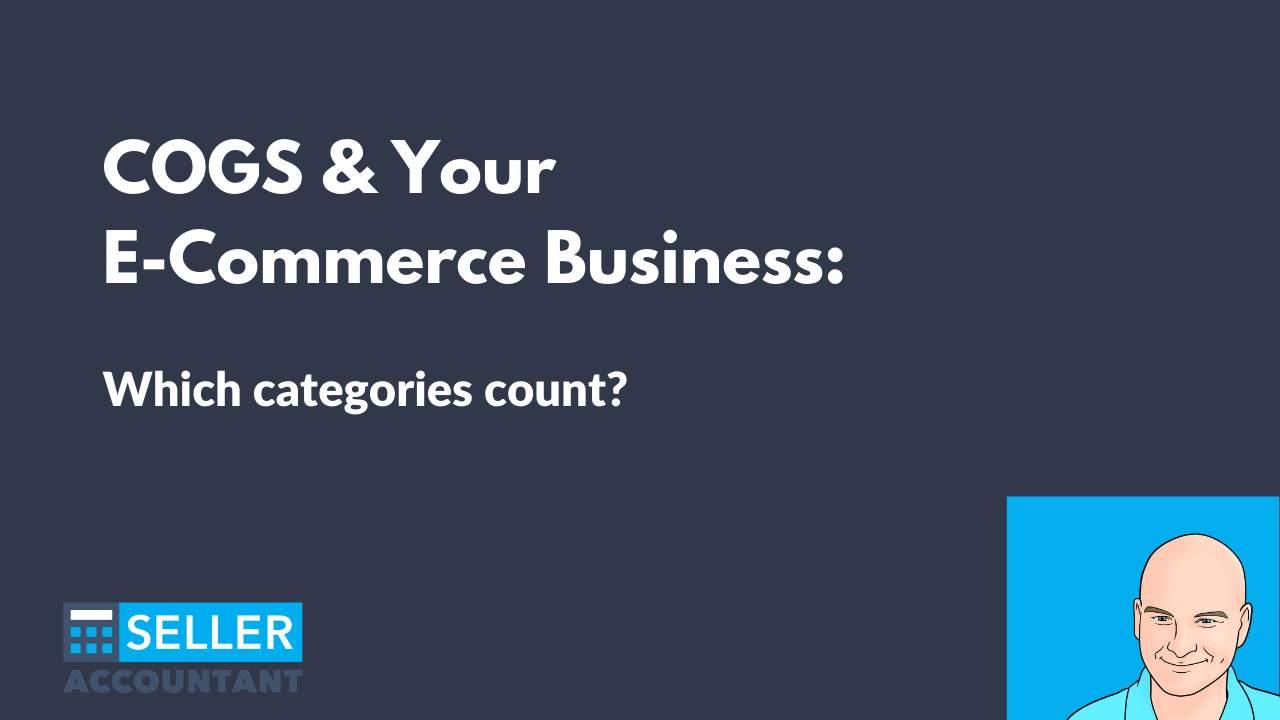Setting up your P&L correctly is an important part of getting a handle on your business’s accounting, and COGS seems to be a category that trips up many sellers. What should be included as part of Cost of Goods Sold, and specifically, should you include Amazon fees? The answer is yes, and here’s why.
Setting Up Your P&L
The best thing you can do to get off on the right foot with your accounting is set up your P&L in a readable way.
The first section of your P&L should ultimately provide a breakdown of your total sales channel numbers. This category will include sales, shipping income, returns and reimbursements (as a negative value), and inventory reimbursement, the total of which will equal your monthly sales numbers.
In a completely separate section are your Cost of Goods Sold, or COGS, which will include three to four line items: landed COGS for products purchased, logistics fees, including your FBA fees, and Amazon commissions and other fees. In other words, any fee you’re charged by Amazon to use their platform should land in the COGS category of your P&L.
Some sellers also include ads in their COGS section, but Seller Accountant prefers to put all ad channels in their own category. This way, understanding your margins is easier from a CFO perspective and can help you make more informed profitability decisions.
How to Screw Up Your P&L
There are also some common issues we see in client P&Ls that are hard to read and therefore, unhelpful in the long run. Make sure that when you parse out your numbers for the month, you DON’T do any of the following:
- Combine different businesses into one P&L – If you have multiple entities that aren’t all product-based, putting them into one P&L will skew your margins and make your profitability unclear.
- Making COGS hard to find – We’ve seen sellers input their COGS data either very far away from their sales numbers or under a category that isn’t clearly marked as COGS, making it difficult to compare numbers and understand margins.
- Overcomplicating your categories – Sometimes sellers over-segment their categories or create categories with 20+ lines, making the P&L a headache to read.
- Separating refunds and sales into different categories – Any numbers that affect your net sales should be kept together in one section, ideally at the top of your P&L.
The bottom line is, the data coming from your sales channels can be more intricate, especially based on how many there are or how complicated the business is. COGS, however, should stay simple and easy to read, saving yourself (and your accountant) the trouble of going hunting for information month after month.
Work With Us
Ready to clean up your accounting so you can make strategic decisions for your business? Get in touch today for a free 15-minute discovery call.

